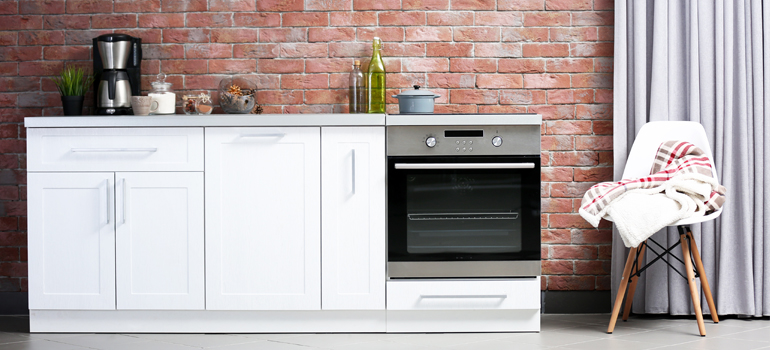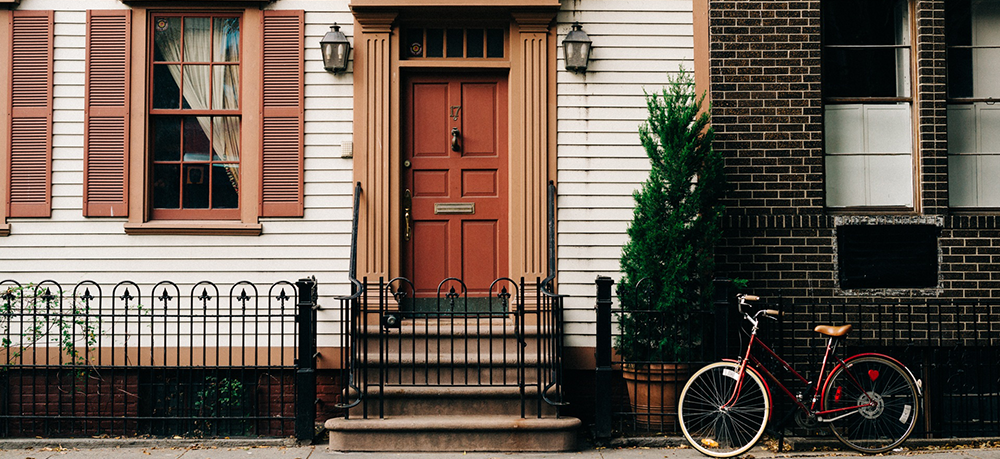
Mass-produced, modular or prefab housing has suffered a lot of bad press during its checkered history. Attempts were made, in the 60’s and 80’s to rekindle some kind of interest but things miserably failed. Timber framed buildings and system builds never got off the ground.
The problem really came down to delivery. Delivering large volumes of an innovative product require state-of-the-art manufacturing techniques, not common in this country’s house building.
Table of Contents
What is Modular Housing?
Modular, or otherwise called prefab houses, are building structures assembled indoors in special factories. Once they are finished, they are transported with specialized transporting equipment to their designated places.
This does not mean they are mobile homes, nor does it mean they are tiny compared to on-spot built houses – they come in all forms and sizes, can be made to be mobile and can be made to be unmovable, depending on the chosen design.
It’s good to say, that modular homes are not manufactured homes. Manufactured homes are sometimes called mobile houses, or tiny houses, are made to be moved from one place to another.
Benefits of Modular Housing
- Short Build Time. On average 50-60% quicker than traditional home construction.
- High Quality. Building products are mass produced in a factory setting with quality control and pre-design of similar modules
- Low Weight. It’s 30% lighter than a house built of traditional masonry.
- Eco-friendly. Production of the modules is more efficient and less wasteful in a factory setting. Installation of the components causes less disruption to the environment.
- Infill. Particularly useful in small urban sites, infill and extensions on the roof.
- Labour Reduces. Putting together and finishing off require far less manpower and the need for specialist design input is removed.
- Cost Reduction. The factors mentioned above help to reduce the overall cost of this type of building.
Check also:
What is the Tiny House Movement?
This type of modular construction has been in use for a number of years for new hospitals and schools. The buildings have been more sustainable, comfortable and have a longer life.
Some recent housing schemes have also taken advantage of this innovative way of building. In Brentford, West London developer Paragon used modular construction for their housing scheme and made significant savings in time.
It all sounds very appealing but as always with anything new, there are some disadvantages to this type of mass-produced housing.
There is obviously a place for this type of construction as it is already widely used in Japan, Scandinavia and the USA. An integral part of this form of construction is a light steel frame. It’s light, strong, versatile and not prone to long-term movement and is a well-proven material for a range of different applications.
In Japan, more than 150,000 buildings have been completed and have proved to be extremely robust during seismic activity. So, in answer to our first question – yes it is a viable option providing we can get the delivery right.
Problems with Modular Homes
And, of course, like anything else, there are drawbacks to this type of housing option as well. Here, we’ll list the most common ones.
- Costly Maintenance & Repair. It can be complicated and expensive. When dealing with a property constructed from masonry the walls have a uniform bearing capacity. Putting up a shelf can be done anywhere. In modular housing, on the other hand, fixings can only be put on the load-bearing elements of the wall.
- Not very stable when the structure is damaged. It is easily compromised if you happen to puncture the membrane that is within the panels.
- Problems with lightweight construction. Since modular homes are made to be transported, they are in general a lightweight building, and this comes with all the benefits and drawbacks. They’re built to withstand a wind blowing at 175 mph, however, they’re still a weaker construction than a brick house.
Questions to Ask When Buying a Modular Home
How long does it take to build a modular house?
It depends on the manufacturer, but it is possible to have your home built in two weeks. Because it is built in a factory, they’re not dependent on the weather conditions, which is the primary cause for a delay with traditional houses.
Can modular homes be moved?
They can if you decide to make them a certain way, however, bear in mind that modular homes are different from manufactured homes. Manufactured homes are built to conform to the same code, no matter where they will be delivered. A modular home, however, will not be able to be placed just about anywhere, so you may have administrative problems.
Are modular homes cheaper?
Sometimes, they can be. The construction and transportation are one thing, but since they are energy efficient, you will be paying less money for heating and cooling. Which would save you money over time even if their construction price is higher than that of a traditional home?
Do all modular homes look alike?
No. They are very basic and might resemble each other, but they’re usually built in different ways. Speak to the manufacturer if you prefer your own custom design. Though that might change the end price.
Will banks finance a modular home?
Yes. Modular homes are treated the exact same way as traditional houses by banks, insurance companies, and any other administrative official.
Image Source: Africa Studio/shutterstock.com



